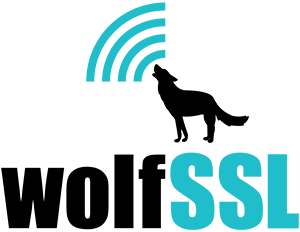- One-size-fits-all specification consists of three parts
- Required algorithms: RSA-1024, RSA-2048; SHA-1 (hashing and HMAC)
- Optional algorithms: AES-128, AES-256
- Required crypto primitives: RNG, key generation, a public-key crypto algorithm, a crypto hash function, a mask generation function, digital signature generation and verification, direct anonymous attestation
- Optional crypto primitives: Symmetric-key algorithms, XOR
- One hierarchy level (storage)
- One root key (SRK RSA-2048)
- HMAC, PCR, locality, and physical presence for authorization
- NV RAM: unstructured data
|
- Specification varies based on platform being used
- Required algorithms: RSA-2048, ECC-P256, ECC-BN256; AES-128; SHA-1, SHA-2 (hashing and HMAC)
- Optional algorithms: RSA-1024; AES-256
- Required crypto primitives: RNG, key generation and key derivation functions, public-key crypto algorithms, crypto hash functions, symmetric-key algorithms, digital signature generation and verification, mask generation functions, XOR, ECC-based direct anonymous attestation (using the Barreto-Naehrig 256-bit curve)
- Optional crypto primitives: none
- TThree hierarchy levels (platform, storage, and endorsement)
- Multiple root keys and algorithms per hierarchy
- Password, HMAC, and policy for authorization
- NV RAM: unstructured data, counter, bitmap, extend
|

